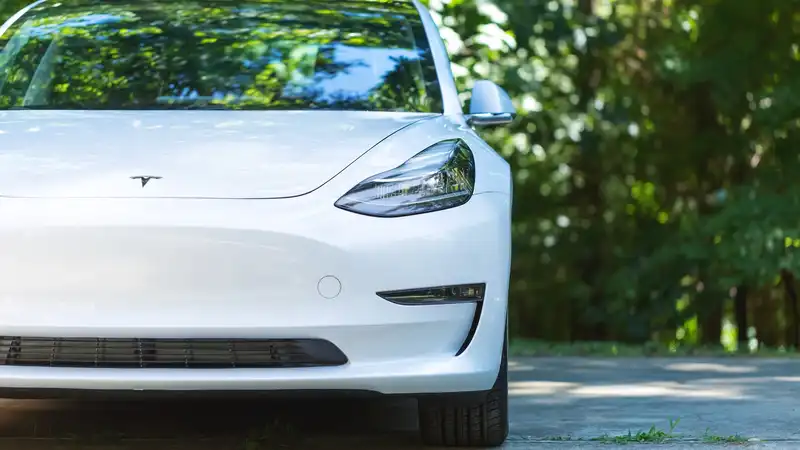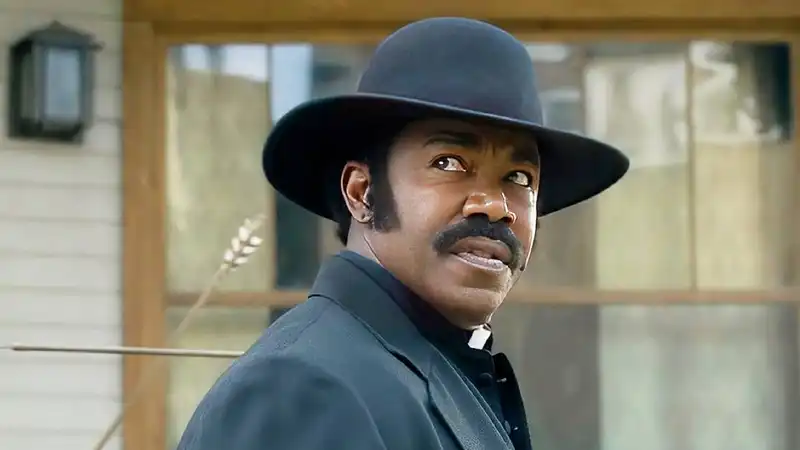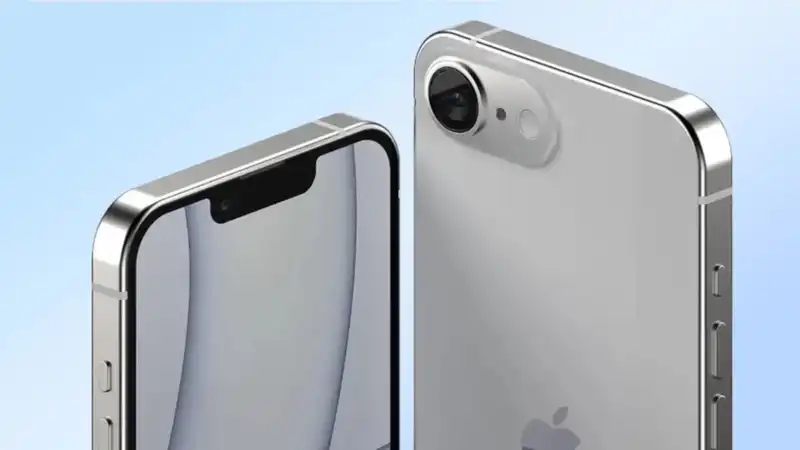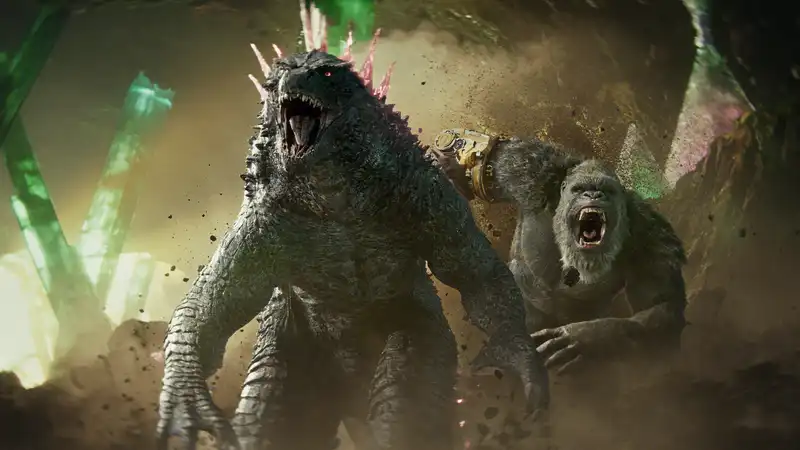NHTSA has launched an investigation into Tesla's automated driving mode, called Full Self-Driving (FSD), to evaluate the ability of the automated driving mode in low visibility situations.
The study was initiated following reports of at least four crashes, including one in which a pedestrian was killed by a Tesla Model Y in Rimrock, Arizona in November 2023
As reported by TechCrunch, the crashes all occurred in road conditions with reduced visibility were:
“In these crashes, the reduced road visibility resulted from conditions such as sun glare, fog, or dust in the air. In one of these accidents, a Tesla vehicle killed a pedestrian. In one additional accident under these conditions, injuries were reported.”
NHTSA's preliminary assessment examined several Tesla vehicles with FSDs, including the 2016-2024 Model S and Model X, 2017-2024 Model 3, 2020-2024 Model Y, and 2023-2024 Cybertruck.
According to the NHTSA report, federal agencies investigate three main areas:
The agency's notice came a week after Elon Musk unveiled his Tesla Cyber Cab, a driverless robotic cab without steering wheels or pedals. At the time of that unveiling, Musk admitted that Tesla does not currently have authorization to drive self-driving cars on public roads. For this reason, the public unveiling took place on the closed premises of Warner Bros. Musk did not provide specific details on how Tesla would obtain authorization to drive without supervision.
It does not help that Musk claims that FSD's camera-only system is superior to sensor-based ones like those in Waymo's self-driving cars. As it is, Waymo uses numerous sensors, including lidar, cameras, and radar, and unlike Tesla, it can drive on public roads without supervision.
Accidents that have piqued NHTSA's interest include an incident in November; a January 2024 crash in California in which a Model 3 struck another car on the highway during a dust storm; a March 2024 crash in Virginia on a cloudy day; and a May 2024 crash in Ohio in fog when another Includes an accident in which a Model 3 struck a stationary object.
Typically, these NHTSA investigations are completed within about eight months, so the results will be known around June 2025.
This is not the first NHTSA investigation Tesla has been involved in this year.
In April, the NHTSA completed a three-year investigation into Tesla's Auotpilot driver assistance software. The investigation found that 13 of the crashes were fatal, and that Tesla either did not properly track the data or only counted a very specific narrow range of crashes, such as when the airbags deployed. TechCrunch reported that the agency almost immediately launched a new investigation into the recall issued by Tesla to fix Autopilot.
The Department of Justice is also in the process of investigating claims made by Tesla regarding FSD, and the California DMV has alleged that Tesla overstates claims about the capabilities of its software.
It may be some time before Tesla can effectively and legally release vehicles that can be driven on public roads using the FSD system.










Comments